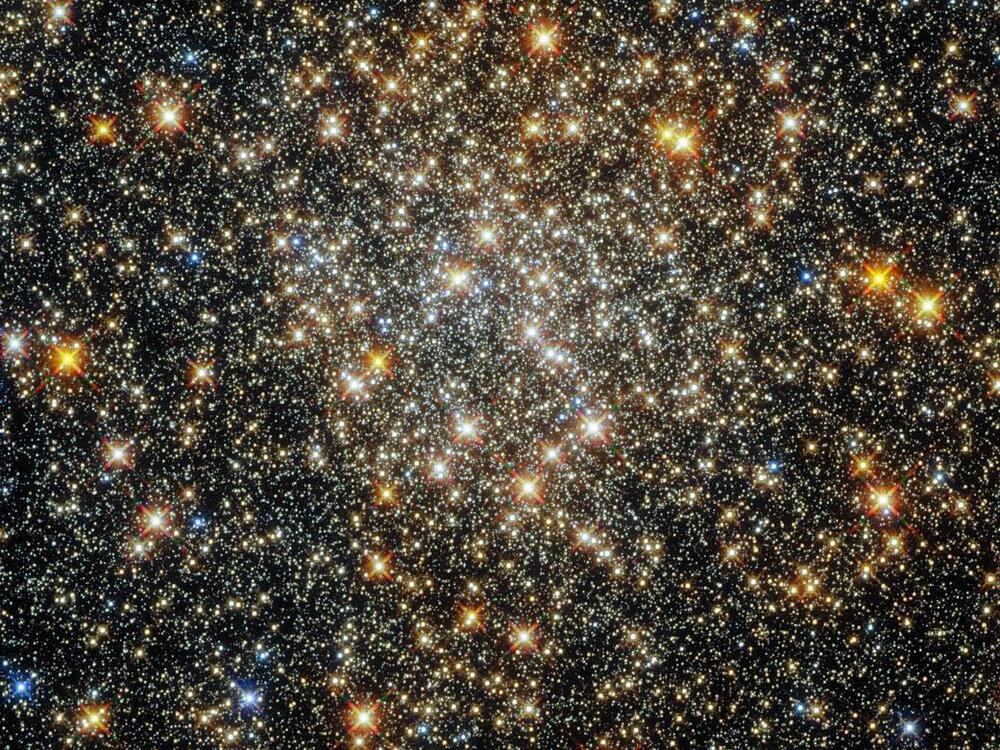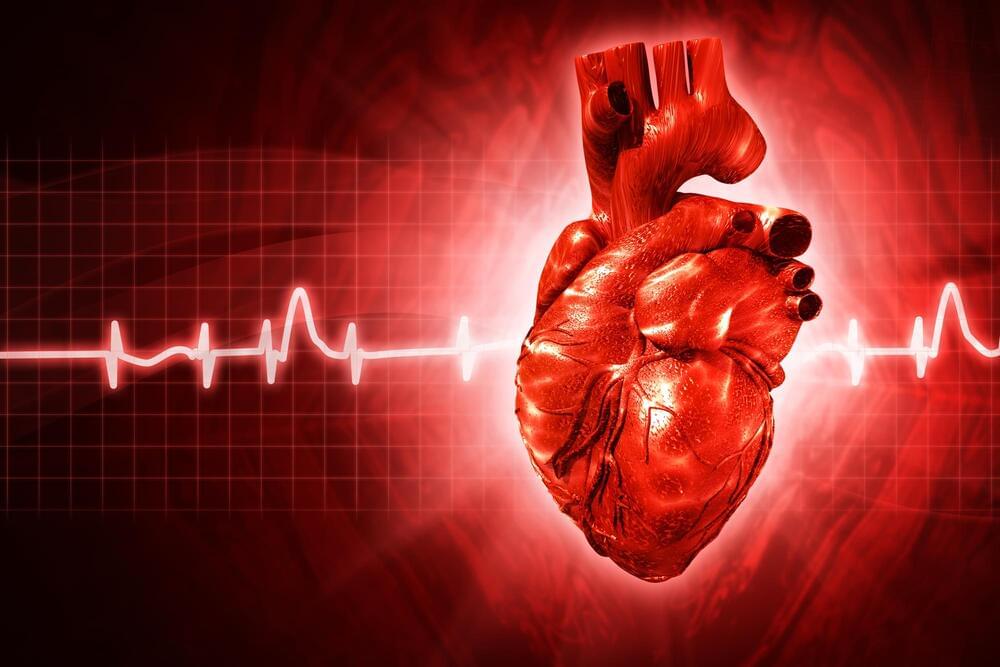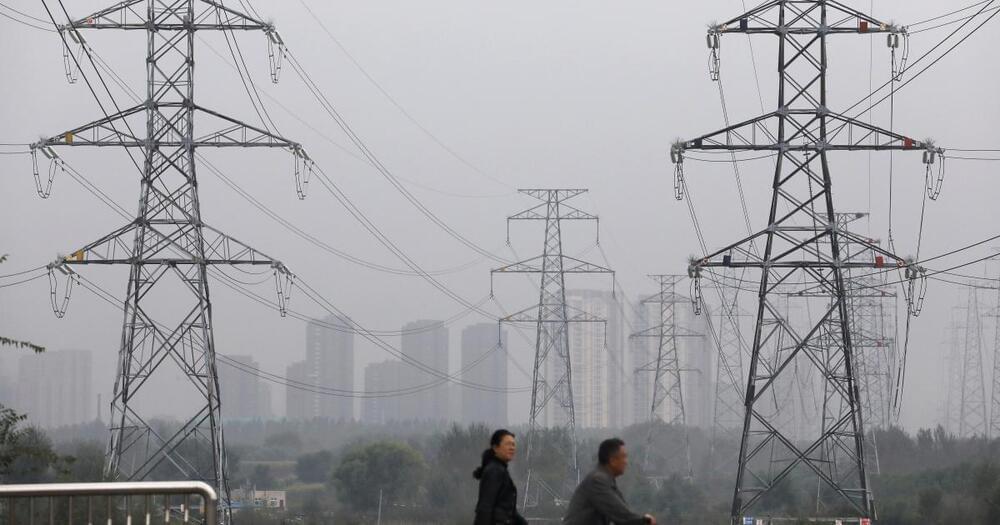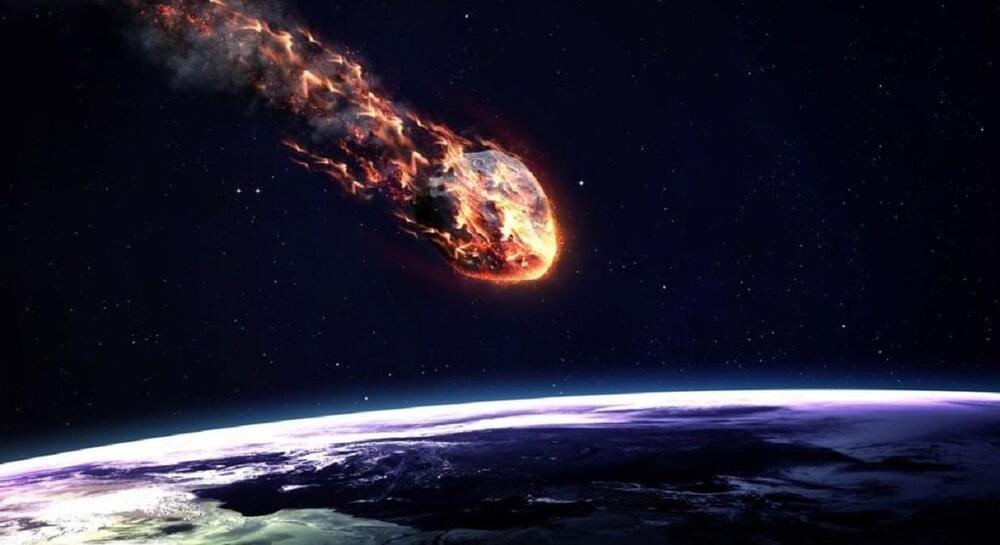The testing found 95% of sampled baby foods contained lead, 73% contained arsenic, 75% contained cadmium and 32% contained mercury. One fourth of the baby foods contained all four heavy metals. The results mimicked a previous study by the US Food and Drug Administration that found one or more of the same metals in 33 of 39 types of baby food tested.
Just months after a congressional investigation found manufacturers have failed to test for toxic metals in the baby foods they sell, lawmakers report that some companies are not testing and removing these products from the marketplace.







